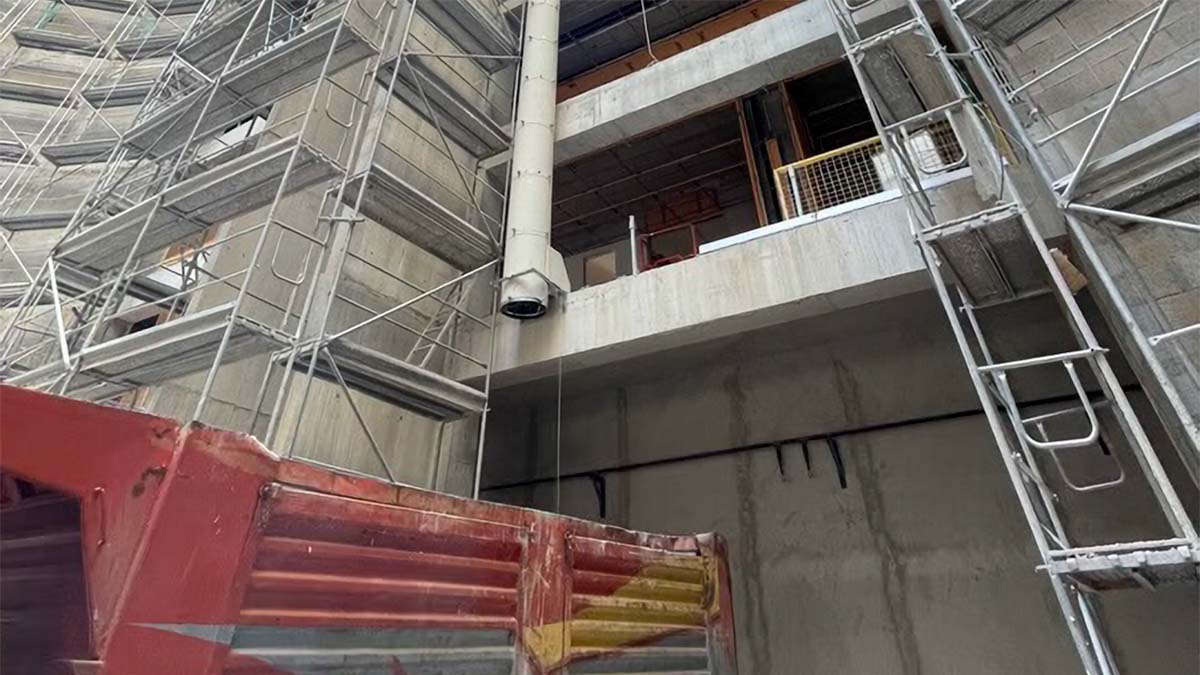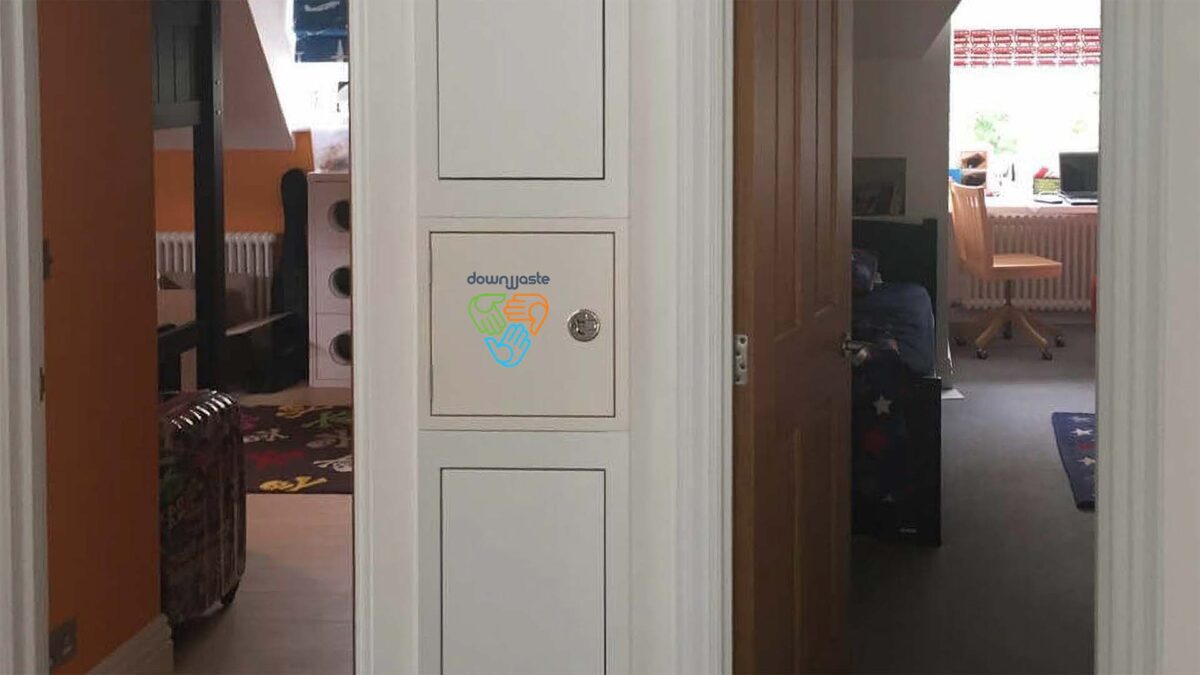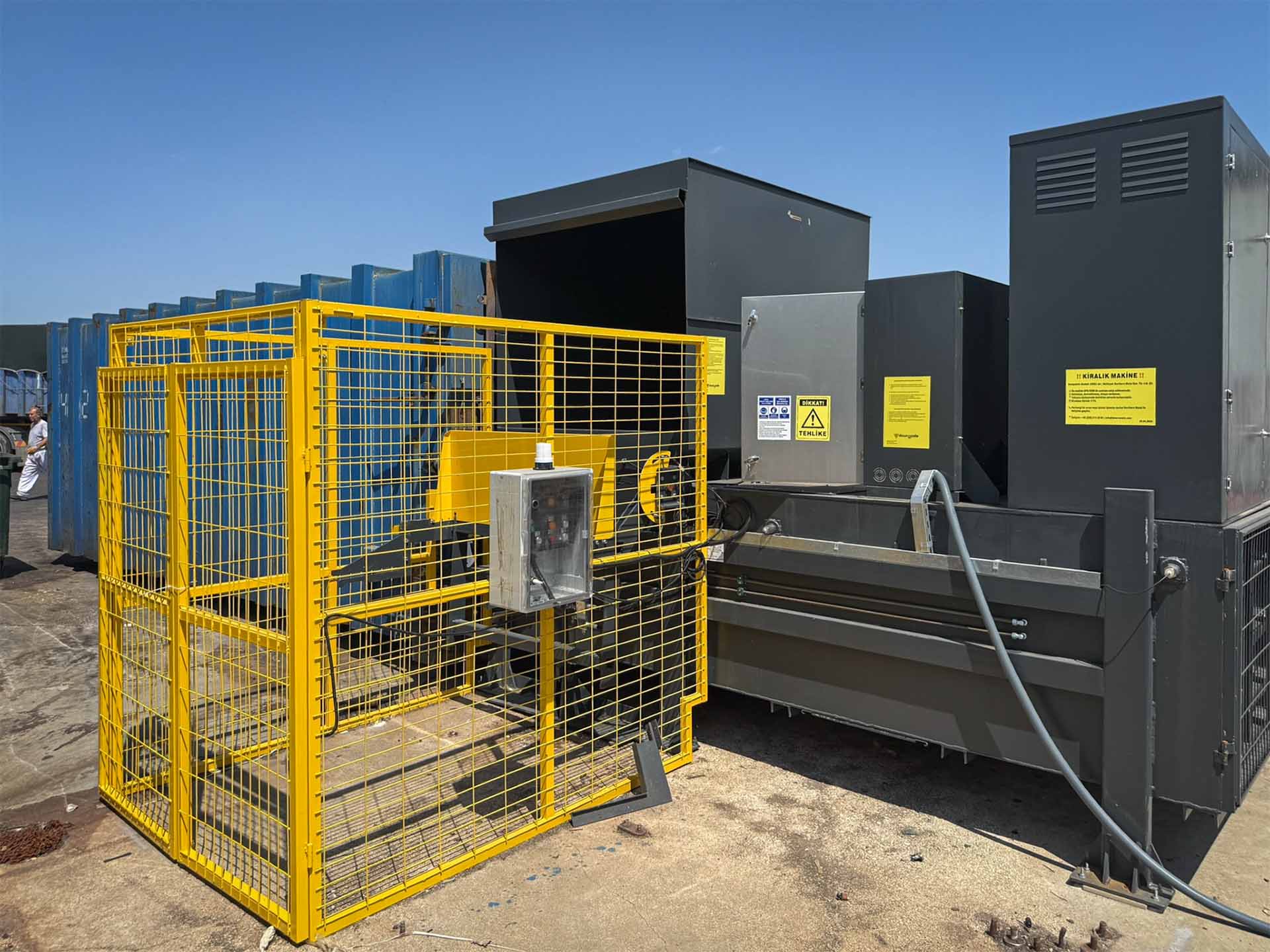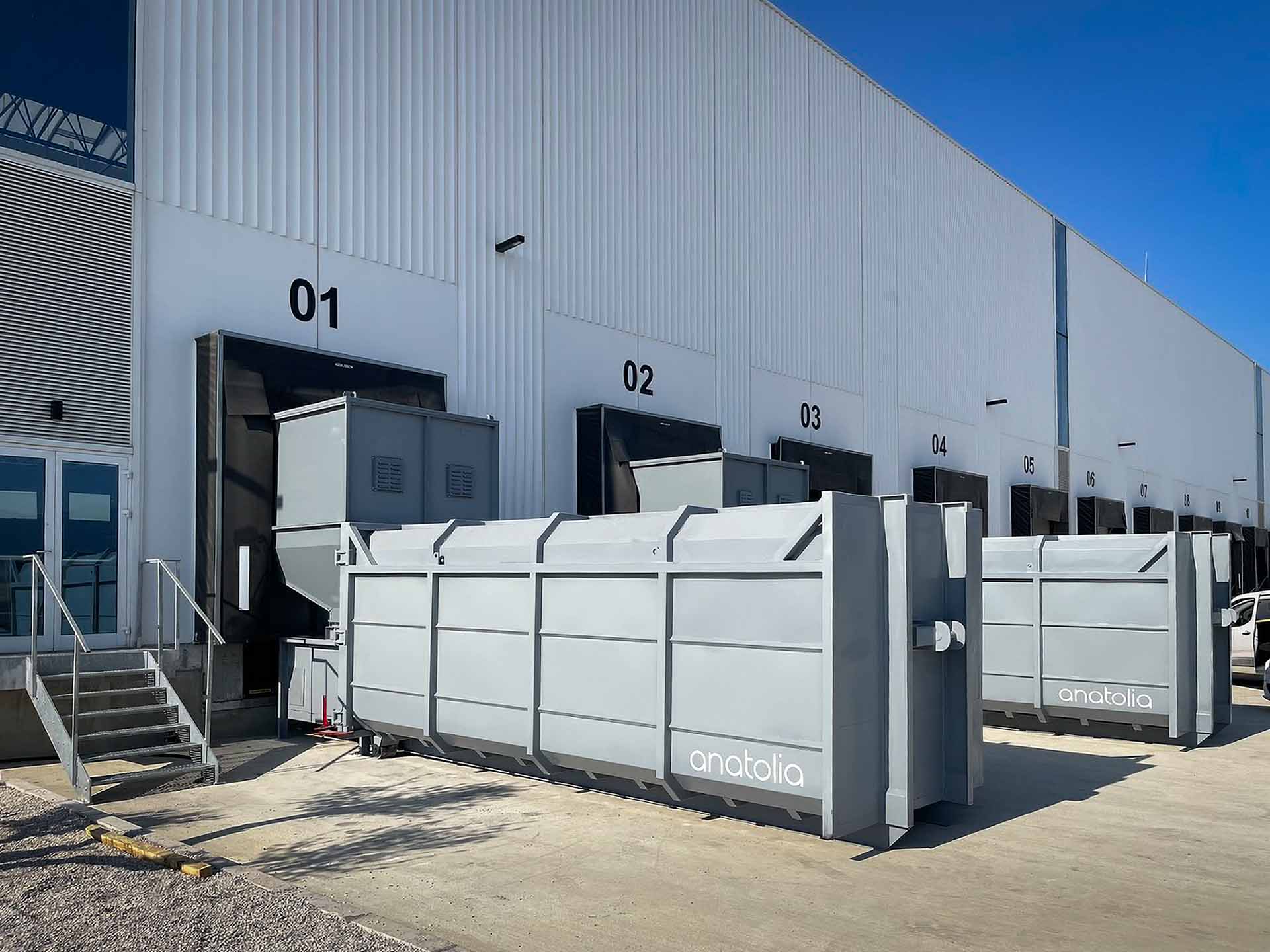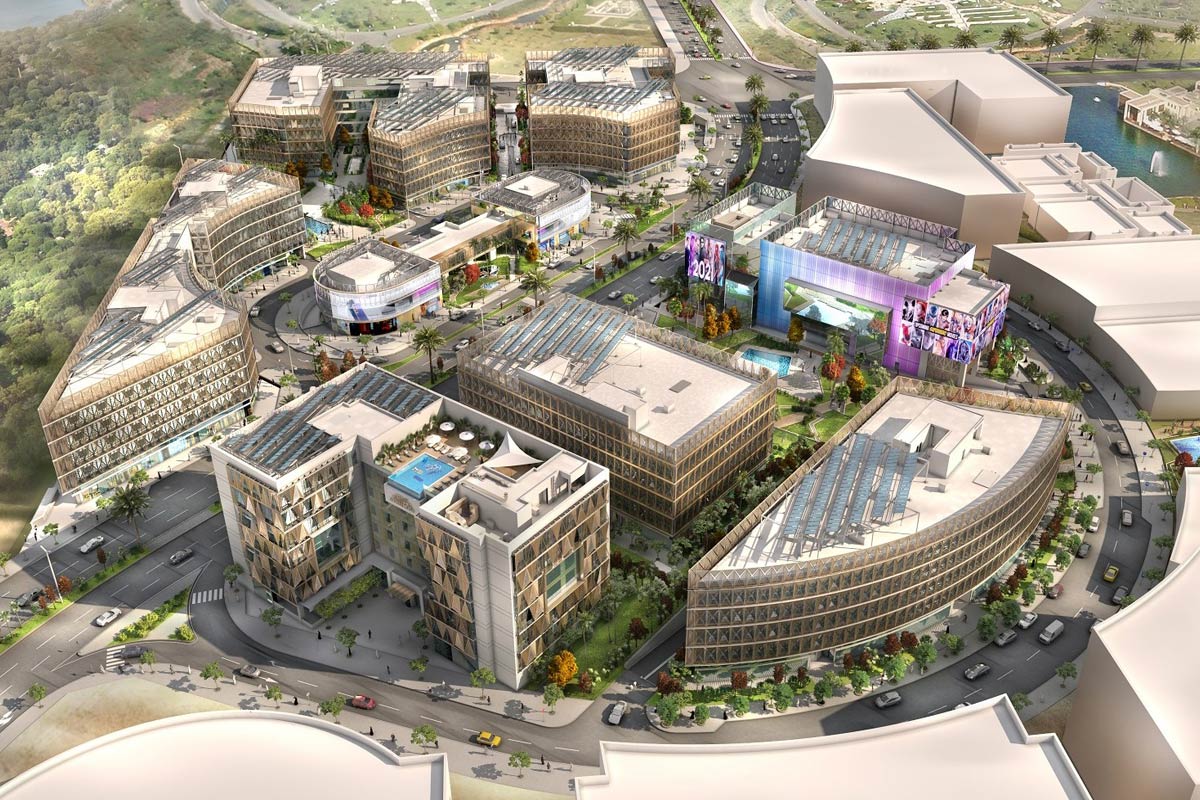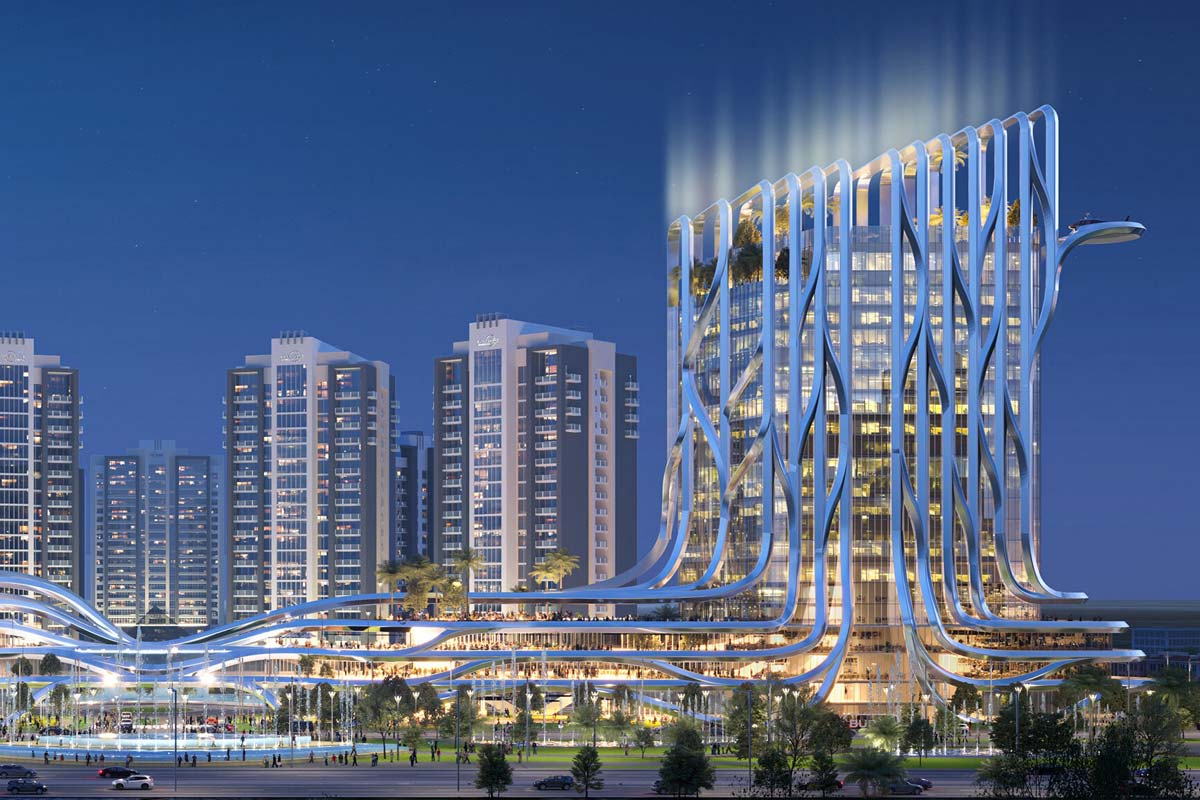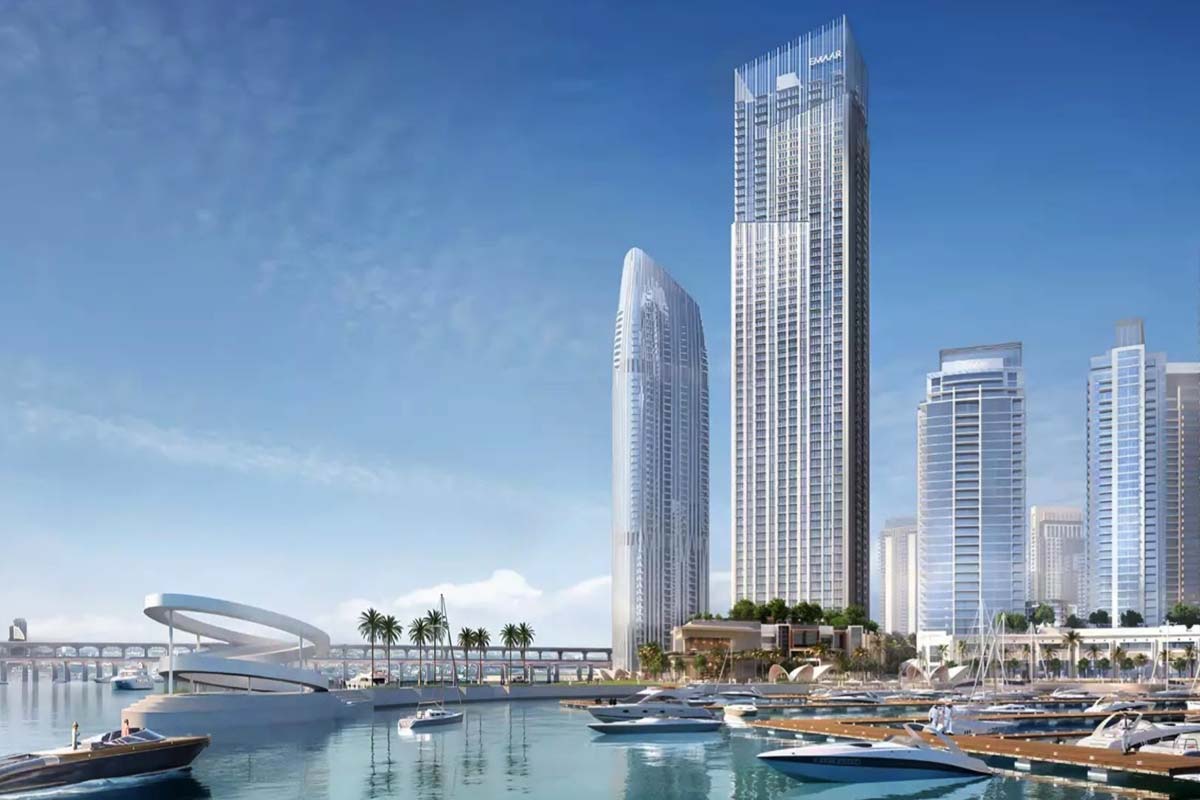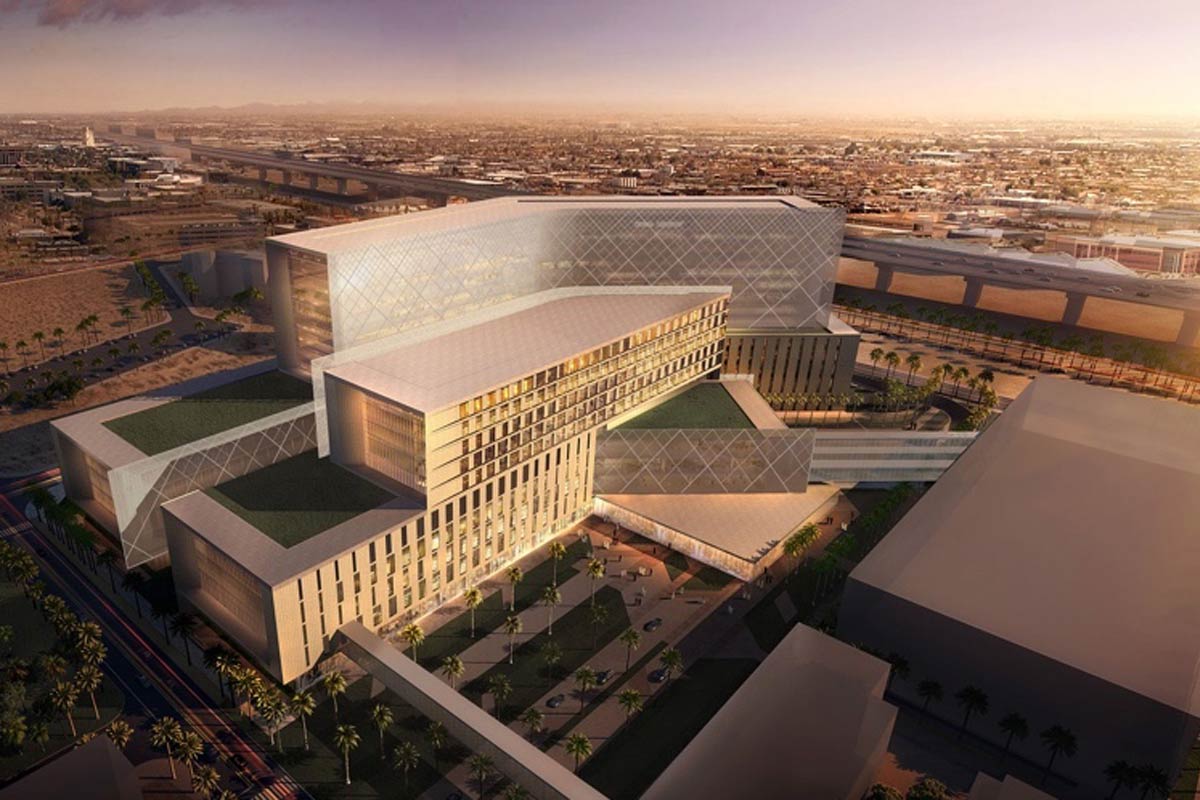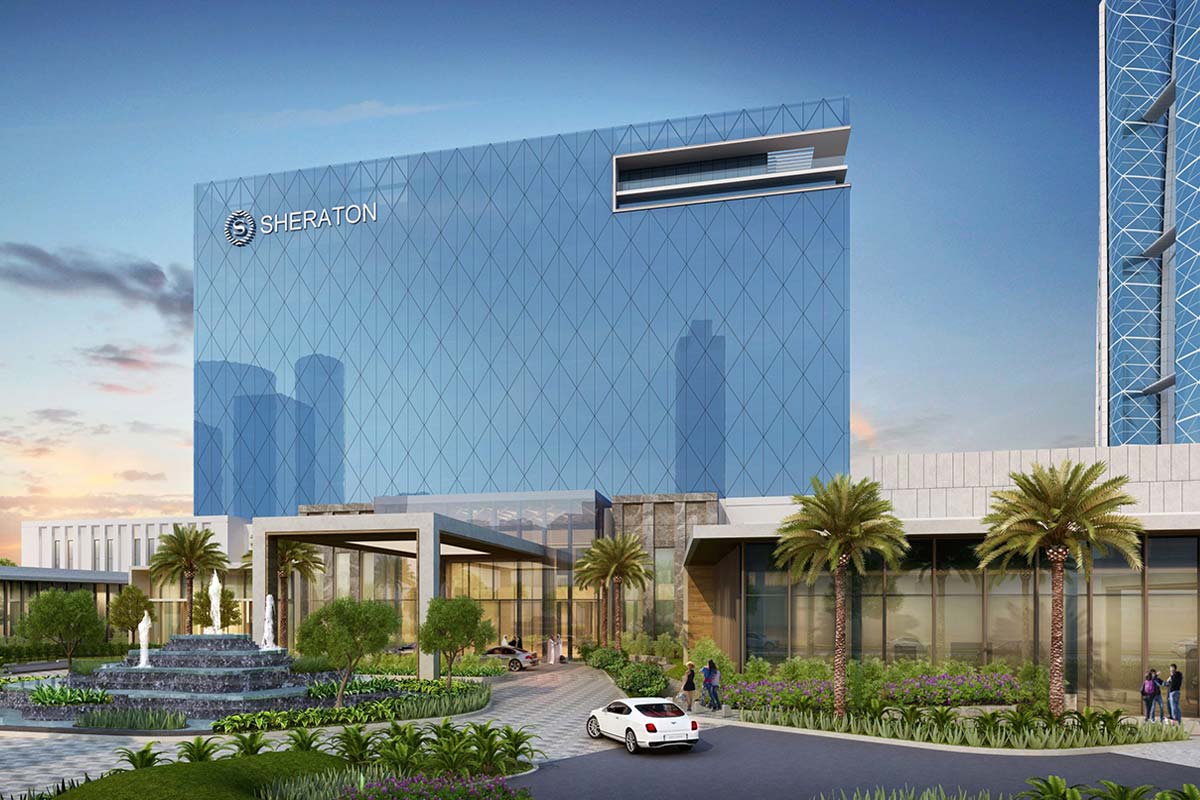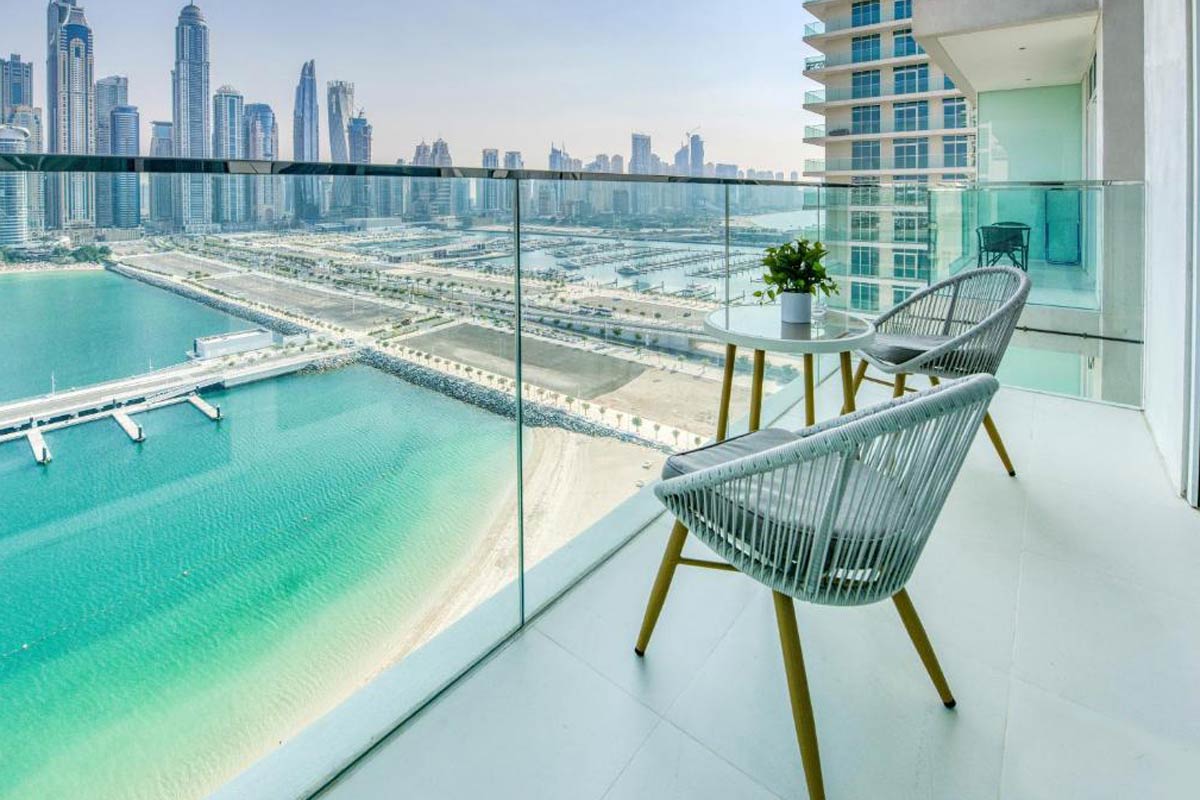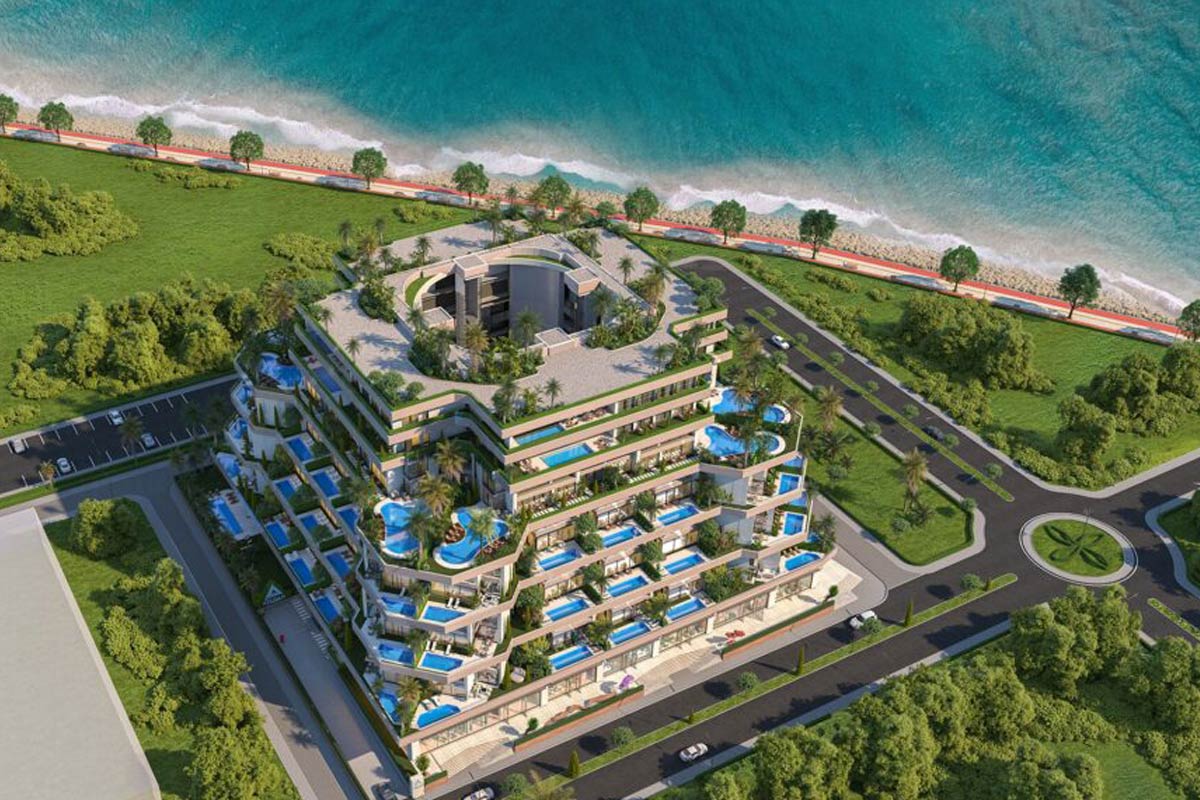
In the bustling heart of dense urban areas, managing waste efficiently is a challenge that requires innovative solutions. Downwaste introduces to the market heavy-duty waste press compactors, a game-changing technology designed to address the unique waste management needs of large residential and industrial buildings.
These compactors are more than just waste management tools; they are the optimum solution for handling large volumes of waste in dense urban areas. This blog post studies the benefits and features of these compactors and why they are the go-to solution for minimizing waste handling space, reducing costs, and ensuring safety and convenience.
Minimizing Waste Handling Space
One of the pressing issues in densely populated urban areas is the limitation of space. The demand for waste management space competes with the need for living and working areas. Downwaste’s heavy-duty press compactors tackle this problem by reducing waste fractions to a mere 1/6 of their original volume. This revolutionary technology is a space-saving champion, making the most of every square foot.
Reducing Transportation and Disposal Costs
Managing large amounts of waste is not only space-consuming but also costly. Transportation and disposal expenses can quickly spiral out of control. With our Companie’s refuse press compactors, these costs are substantially reduced. By compacting waste efficiently within sealed containers, fewer trips are needed for disposal, resulting in significant cost savings for both extensive residential and industrial buildings.
Safe and Convenient Waste Management
Safety and convenience are paramount when dealing with waste in dense urban areas. Downwaste’s compactors excel in both these aspects. They are easily and safely compacted in sealed containers, ensuring that waste handling is not only efficient but also secure. These mobile units eliminate the need for large waste rooms and the use of numerous trolleys, consolidating the process.
Customization and Options
Our Company understands that one size does not fit all when it comes to waste management. For this reason, we offer a range of options for the press compactors:
- Customer-Specific Bins and Capacity: Choose the compactor for your precise needs, whether you’re managing residential or industrial waste.
- Hydraulic Opening of Discharge Door: Enjoy the convenience of hydraulically controlled discharge doors for efficient waste removal.
- Container Sizes: Choose from a range of 12, 16, 18, or 20 m³ container sizes to suit your space and volume requirements.
- Integrated Features: Benefit from integrated bin lifters and hooks both in the front and back of the compactor, maximizing functionality.
- Colour Options: Customize your compactor to match your building’s aesthetics with a wide range of colour choices.
Standard Features for Optimal Performance
Downwaste’s press compactors come with a series of standard features to ensure optimal performance:
- Full Indicator Lights: 100% and 80% full indicator lights keep you informed about the waste levels.
- Large Feed Opening: A spacious feed opening makes waste disposal easy and efficient.
- Lifting Unit: Enjoy the flexibility of our lifting units at the front or side.
- Automatic Hydraulics: Automatic, hydraulically controlled lifting and lid opening ensures safety and convenience.
- High Press Force: These compactors boast a substantial 380 kN press force for efficient compaction.
- Digital Control: The 24V safe and reliable digital control system guarantees smooth operation.
- Conical Container: The conical container design eases the waste discharge.
- Sensors: Automatic Sensors initiate the compaction process when the charge box is full, ensuring efficient waste handling.
In conclusion, Downwaste’s heavy-duty press compactors offer the ultimate solution for dense urban areas. They provide the means to minimize waste handling space, reduce transportation and disposal costs, and ensure safe and convenient waste management. With customization options and a series of features, these compactors are leading the way into transforming how we manage waste in crowded urban environments.
